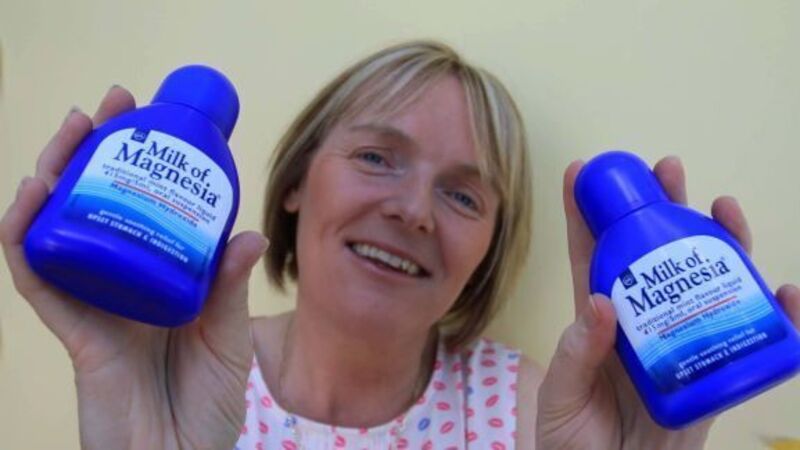We were reared on it

IT’S been used to treat everything from sweaty armpits and spots to dandruff, tummy upsets, constipation and even the occasional attack of childhood insomnia.
For generations the familiar blue glass bottle sat in family medicine cupboards around the world; the go-to for busy mums coping with upset tummies and sleepless children.











